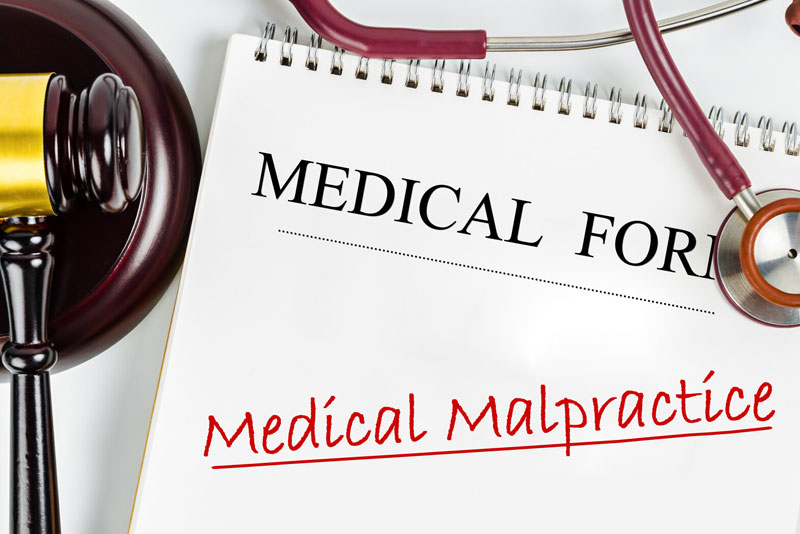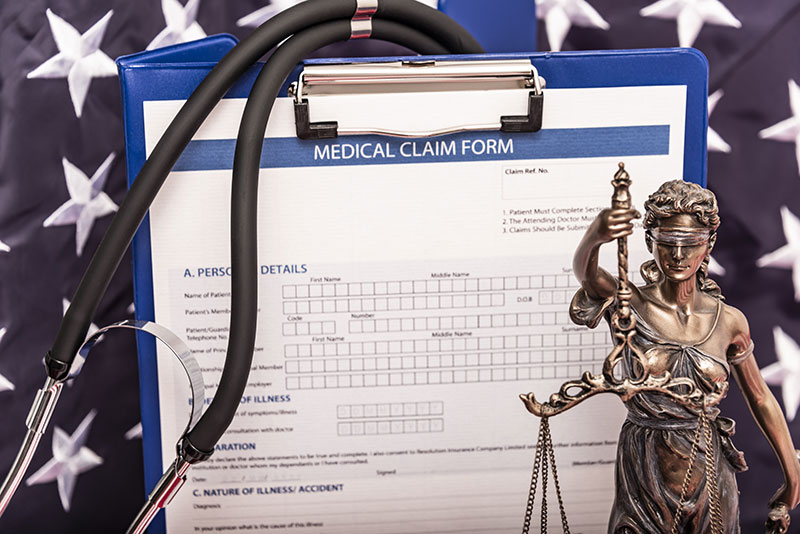Medical malpractice as well as negligence can lead to a wide range of birth injuries. Birth injury refers to any complication caused during the pregnancy and delivery that cause the baby to have a permanent disability. Such cases can be considered as birth-related medical malpractice, when a healthcare provider or a hospital fails to use reasonable care during a woman’s pregnancy and the labor and delivery of her child. However, it can be a case of medical negligence if anyone of the medical staff acts negligently, causing a birth defect or a birth injury that may affect a child for the rest of his life. For law firms dealing with birth injury medical malpractice cases, careful collection, organization and review of medical records is essential to prove the case. Professional medical record review services are provided by experienced companies to support birth injury attorneys.
While not a professional opinion regarding birth injury cases, here is some information drawn from various online sources regarding birth injury statistics and how attorneys may proceed with such cases.
According to birthinjuryguide.org, of every 1,000 infants born in the United States, 6 to 8 are born with a birth injury. Common birth injuries include Erb’s palsy, Fractures of the skull or collarbone, Newborn Cephalohematoma, Ruptured blood vessels in the eyes, Spinal cord injuries, Infection, Bruising or swelling, Brain damage resulting in developmental problems or Cerebral palsy.
Medical negligence that causes such injuries include doctor using excessive force to pull or rotate the baby, improper use of extraction tools such as forceps or a vacuum, failing to monitor the vital signs of the fetus or mother, not performing a cesarean section when necessary, or giving wrong dose or wrong medication.
Key Elements to Prove
To prove a birth injury case, plaintiff attorneys have to prove that the case contains four key elements of medical malpractice such as:
- Duty, which proves an established relationship between the patient and the doctor for medical care for their labor and delivery
- Duty breach, where the mother must establish that the doctor’s conduct was below the standard of care for the baby’s condition and must prove that another doctor would not have taken the same course of action that resulted in the child’s birth injury
- Damages which prove that harm was caused to the baby and shows evidence that the child doesn’t meet developmental criteria the evidence should show that the baby was hurt by the actions of the doctor.
- Causation which shows that the injury was directly caused by the actions of the doctor during delivery.
Evidence Required
Attorneys require relevant documents to prove a birth injury case, which will usually include the medical charts and records starting from the time of the incident in question up to the present date. Evidence needed include:
- Medical records detailing the mother’s treatment during pregnancy and delivery
- Any records of the infant’s birth injury and subsequent care
- Employment records for the doctor named in the lawsuit, including previous complaints
- Eyewitness testimony from nurses, doctors, and other medical professionals who assisted in the delivery
- Expert testimony from obstetricians, nurses, anesthesiologists, pediatricians, economists, life-care planners, and other experts
Proper medical records organization makes the litigation process smooth. Documents required may also include the medical records of the mother and any other records that might be relevant to the claims being made such as tax returns, employment records and insurance policies.
In a birth injury lawsuit, the trial will be considered, only if a negotiated settlement of the case cannot be achieved at an earlier stage. The litigation process of a birth injury claim involves diverse steps such as filing the lawsuit, Statement of Claim which offers a description of the various types of damages being sought against the parties being sued, Statement of Defense, the discovery stage which allows each side the opportunity to better understand and assess the opposing side’s case, obtaining and providing expert reports that set out the expert opinion evidence relied upon by each side, pre-trial conferences with a judge, mediation to discuss and seek a settlement to the case, trial for determination and if necessary appeal against the decision of the trial judge.
Disclaimer: This content is for informative purposes only and does not constitute professional legal advice. For a professional opinion, consult a personal injury or medical malpractice attorney.




